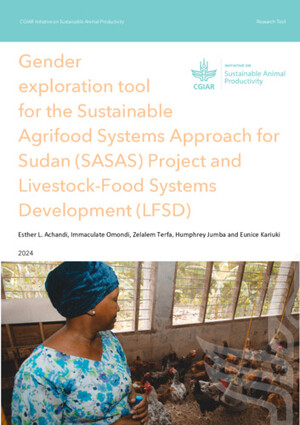
Food crops commercialization and household livelihoods: Evidence from rural regions in Central Africa
Abstract
Several countries in Central Africa face challenges of low food production and high incidences of poverty, particularly in rural areas. Several programs initiated in the region to increase food production and commercialization among smallholder farmers have had limited success. Over 80% of the farm households grow bananas and legumes as staple crops. We evaluate the impact of commercialization of these crops on‐farm income and the dietary diversity of rural households in Rwanda and the Democratic Republic of Congo. We employ three methods: propensity score matching, endogenous switching regression, and IPTW on cross‐sectional data. We find that commercialization has a robust and positive significant effect on dietary diversity and farm income, even after controlling for unobserved heterogeneity across the households. In particular, commercialization increases household incomes by 67% and dietary diversity by 11%. We find strong evidence of the impact of commercialization on incomes but little evidence of dietary diversity of rural households. Wider policy recommendations to raise the capacity of smallholders to produce for the market and improve their livelihoods are discussed. [EconLit citations: Q13, Q12, Q11]
Citation
Ochieng, J., Knerr, B., Owuor, G. and Ouma, E. 2020. Food crops commercialization and household livelihoods: Evidence from rural regions in Central Africa. Agribusiness 36(2):318-338.









